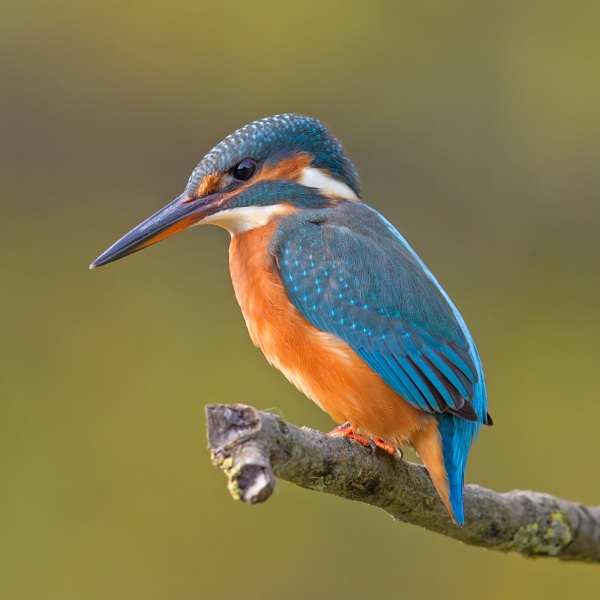Facts About Common kingfisher
The common kingfisher, also known as the Eurasian kingfisher or river kingfisher, is a small, vibrant bird found across Eurasia and North Africa. With its striking blue upperparts, bright orange underparts, and long bill, it is easily recognizable. This bird is an expert fisher, diving into water to catch its prey, and boasts unique adaptations that assist it in spotting fish underwater. Kingfishers lay their glossy white eggs in nests burrowed into riverbanks.
First described by Carl Linnaeus in 1758, the common kingfisher belongs to the genus Alcedo, which comprises seven small kingfisher species that primarily feed on fish. Its closest relative is the cerulean kingfisher from Indonesia.
There are seven subspecies of the common kingfisher, each exhibiting slight variations in color and size. These birds are typically found near clear water bodies across Europe, Asia, and North Africa, serving as important indicators of freshwater ecosystem health.
When breeding, kingfishers are notably territorial. Their courtship involves elaborate rituals, and both parents participate in nest excavation and egg incubation. Despite their adaptability, these birds face threats from harsh weather, food shortages, predators, and human disturbances.
Their diet mainly consists of fish, but they also consume aquatic insects and crustaceans. They have a distinctive method of diving and feeding that sets them apart from other birds.
Fortunately, the common kingfisher is not currently at risk. It is classified as "Least Concern" with stable populations and a broad global range. Their adaptability to different habitats and diets, coupled with their widespread distribution, helps maintain their population levels.

 Ireland
Ireland